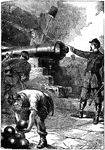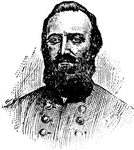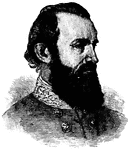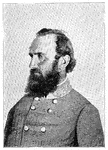
Admiral David G. Farragut
(1801-1870) Senior officer of the U.S. Navy during the American Civil War and is famous for the Battle…

David Glasgow Farragut
David Glasgow Farragut (July 5, 1801 – August 14, 1870) was a flag officer of the United States…

John Buchanan Floyd
John Buchanan Floyd (June 1, 1806 – August 26, 1863), was a Virginia politician (legislator and governor),…

Andrew Hull Foote
Andrew Hull Foote (September 12, 1806 – June 26, 1863) was an admiral in the United States Navy…
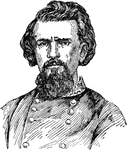
Nathan Bedford Forrest
Nathan Bedford Forrest (July 13, 1821 – October 29, 1877) was a lieutenant general in the Confederate…

Fort Donelson
Fort Donelson and Fort Heiman, two sites of the American Civil War Forts Henry and Donelson Campaign,…
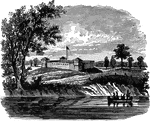
Fort Harrison, on the Wabash
Fort Harrison was an important component of the Confederate defenses of Richmond during the American…
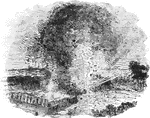
Blowing Up Fort Hill Bastion
As June wore on, Grant pressed the siege with vigor. Johnston tried to help Pemberton, but could not.…

Fort Lafayette
Fort Lafayette was an island coastal fortification in New York Harbor, built next to Fort Hamilton.…

Breach in Fort Pulaski
Fort Pulaski was prepared for a possible infantry attack. However, Fort Pulaski never endured a direct…

Fort Sumter
The fort is best known as the site where the shots initiating the American Civil War were fired, at…
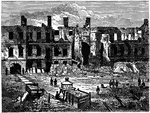
Inside the Walls of Fort Sumter
The fort is best known as the site where the shots initiating the American Civil War were fired, at…

Fort Sumter in 1864
The fort is best known as the site where the shots initiating the American Civil War were fired, at…
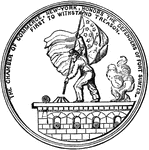
Fort Sumter Medal (Back)
The Fort Sumter medal executed by order of the New York Chamber of Commerce in recognition of the Battle…
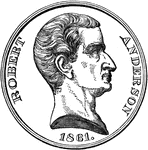
Fort Sumter Medal (Front)
The Fort Sumter medal executed by order of the New York Chamber of Commerce in recognition of the Battle…

Battlefield of Franklin
The Second Battle of Franklin (more popularly known simply as The Battle of Franklin) was fought at…

William Buel Franklin
William Buel Franklin (February 27, 1823 – March 8, 1903) was a career United States Army officer…
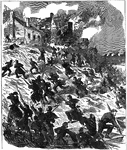
The Attack on Fredericksburg
The Battle of Fredericksburg, fought in and around Fredericksburg, Virginia, from December 11 to December…
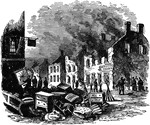
Scene in Fredericksburg on the Morning of Dec. 12, 1862
The Battle of Fredericksburg, fought in and around Fredericksburg, Virginia, from December 11 to December…

Where the Battle of Gettysburg Began
The Battle of Gettysburg (July 1-3, 1863), fought in and around the town of Gettysburg, Pennsylvania,…

The Soldiers' Monument at Gettysburg
The monument erected to remember the soldiers who fought at the Battle of Gettysburg.
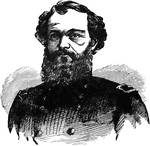
Quincy Adams Gillmore
Quincy Adams Gillmore (February 25, 1825 - April 11, 1888) was an American civil engineer, author, and…
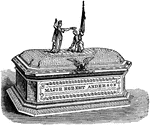
Gold Box Presented to Anderson
The gold box presented to Major Robert Anderson for his command of Fort Sumter during the American Civil…
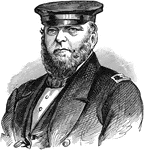
Louis Malesherbes Goldborough
Louis Malesherbes Goldsborough (February 18, 1805 - February 20, 1877) was an admiral in the United…

Ulysses S. Grant
(1822-1885) An American soldier, eighteenth President of the United States and was the leading Union…
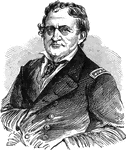
Francis Hoyt Gregory
Francis Hoyt Gregory (October 9, 1780 - October 4, 1866) was an officer in the United States Navy during…

Charles Vernon Gridley
Charles Vernon Gridley (24 November 1844 - 25 May 1898) was an officer in the United States Navy during…
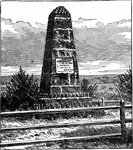
Soldiers' Monument at Groveton
A monument erected to commemorate the soldiers who fought at the Battle of Groveton, also known as the…

Gunboats Ascending the Yazoo River
The Yazoo River was of major importance during the American Civil War. The first electrically detonated…
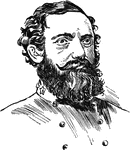
Wade Hampton III
Wade Hampton III (March 28, 1818 - April 11, 1902) was a Confederate cavalry leader during the American…
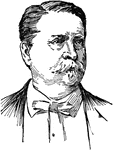
Winfield Scott Hancock
Winfield Scott Hancock (February 14, 1824 - February 9, 1886) was a career U.S. Army officer and the…

View of Harper's Ferry, 1862, Looking South
The town of Harper's Ferry, where an important Civil War battle was fought in 1862.

Burning of the Arsenal at Harper's Ferry
The burning of the arsenal in Harper's Ferry during the American Civil War

The Hartford
USS Hartford, a sloop-of-war, was the first ship of the United States Navy named for Hartford,…
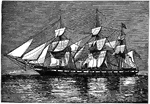
The Hartford, Farragut's Flagship
The Hartoford departed the Delaware Capes 28 January, 1862 as flagship of Flag Officer David…
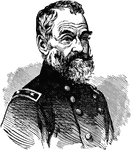
Samuel Peter Heintzelman
Samuel Peter Heintzelman (September 30, 1805 - May 1, 1880) was a United States Army General. He served…
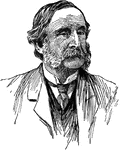
Thomas Wentworth Higginson
Thomas Wentworth Higginson (December 22, 1823 - May 9, 1911) was an American minister, author, abolitionist,…
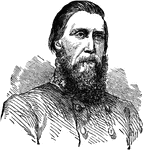
John Bell Hood
John Bell Hood (June 1 or June 29, 1831 - August 30, 1879) was a Confederate general during the American…
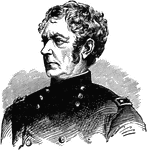
Joseph Hooker
Joseph Hooker (November 13, 1814 - October 31, 1879) was a career United States Army officer, fought…
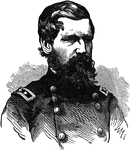
Oliver Otis Howard During the Civil War
Oliver Otis Howard (November 8, 1830 - October 26, 1909) was a career United States Army officer and…
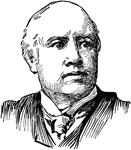
Robert Green Ingersoll
Colonel Robert Green Ingersoll (August 11, 1833 – July 21, 1899) was a Civil War veteran, American…

Island Number Ten
Island Number Ten was a former island in the Mississippi River near Tiptonville, Tennessee and the site…

Bombardment of Island Number Ten
Island Number Ten was a former island in the Mississippi River near Tiptonville, Tennessee and the site…

Iuka Springs, 1862
The Battle of Iuka was an American Civil War battle fought on September 19, 1862, in Iuka, Mississippi.
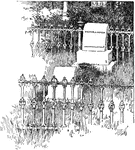
Grave of Thomas J. Jackson
Thomas Jonathan "Stonewall" Jackson (January 21, 1824 – May 10, 1863) was a Confederate general…

Thomas J. (Stonewall) Jackson
Thomas Jonathan "Stonewall" Jackson (January 21, 1824 – May 10, 1863) was a Confederate general…

Johnston's Surrender
In light of overwhelming enemy strength and the relatively heavy casualties his army suffered in the…
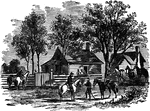
Place of Johnston's Surrender to Sherman
The place where Johnston surrendered to Sherman in the American Civil War.

Albert Sidney Johnston
(1803-1862) A Confederate general in the American Civil War who was killed during the Battle of Shiloh.

Joseph Eggleston Johnston
Joseph Eggleston Johnston (February 3, 1807 – March 21, 1891) was a career U.S. Army officer,…
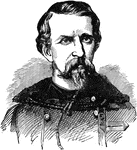
Kearny, Philip
Philip Kearny, Jr., (June 2, 1815 – September 1, 1862) was a United States Army officer, notably…

View of Kenesaw from Pine Mountain
Kennesaw Mountain was the site of the Battle of Kennesaw Mountain during the 1864 Atlanta Campaign of…
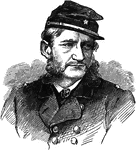
Hugh Judson Kilpatrick
Hugh Judson Kilpatrick (January 14, 1836 – December 4, 1881) was an officer in the Union Army…
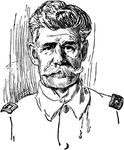
Henry Ware Lawton
Henry Ware Lawton (17 March 1843–1899) was a highly respected U.S. Army officer who served with…
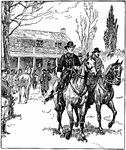
General Lee Leaving After the Surrender
General leaving after the surrender of the American Civil War.

